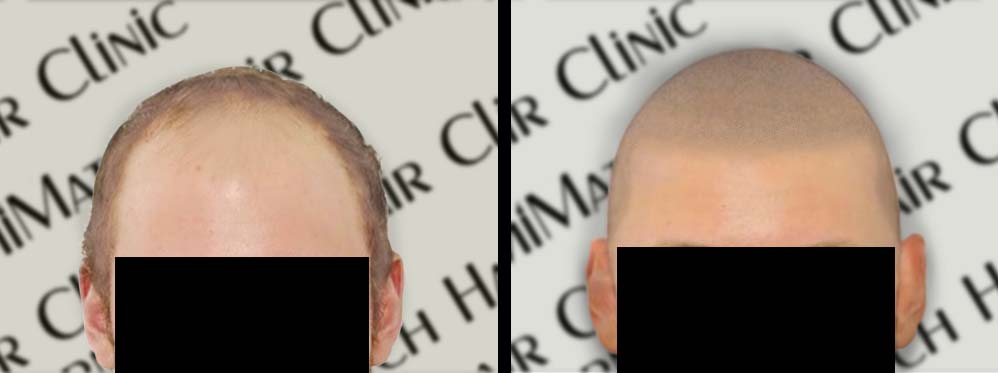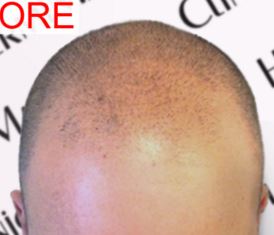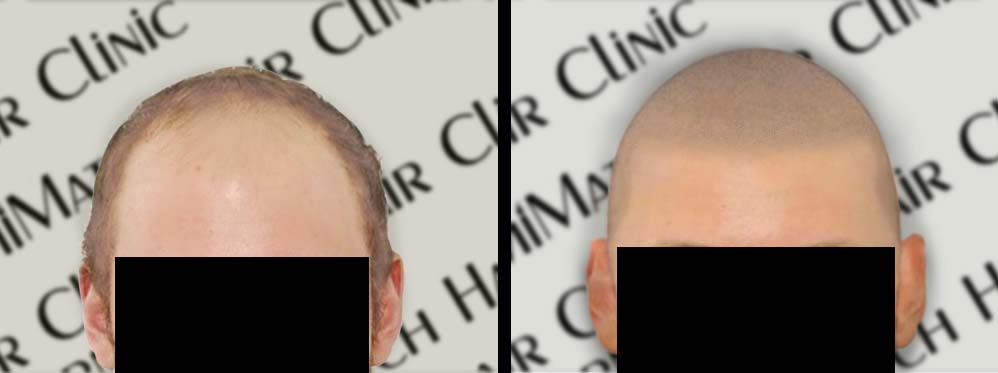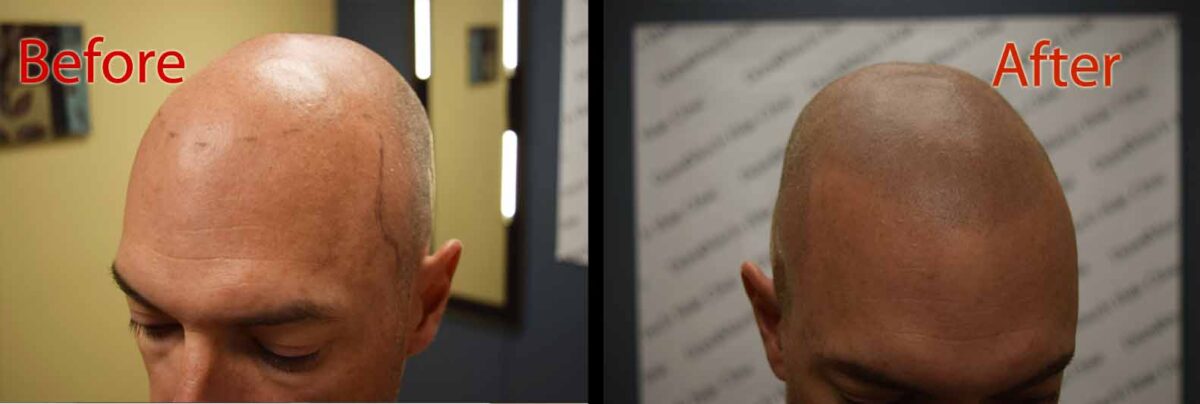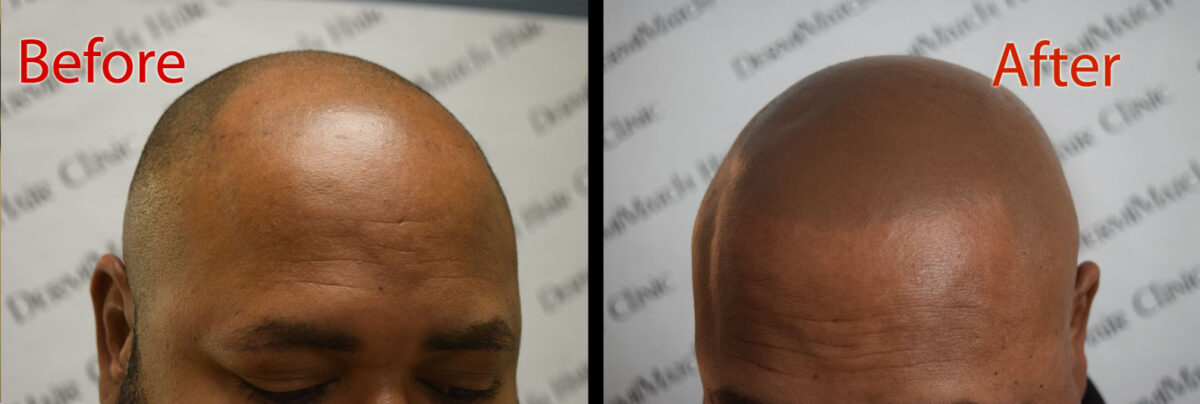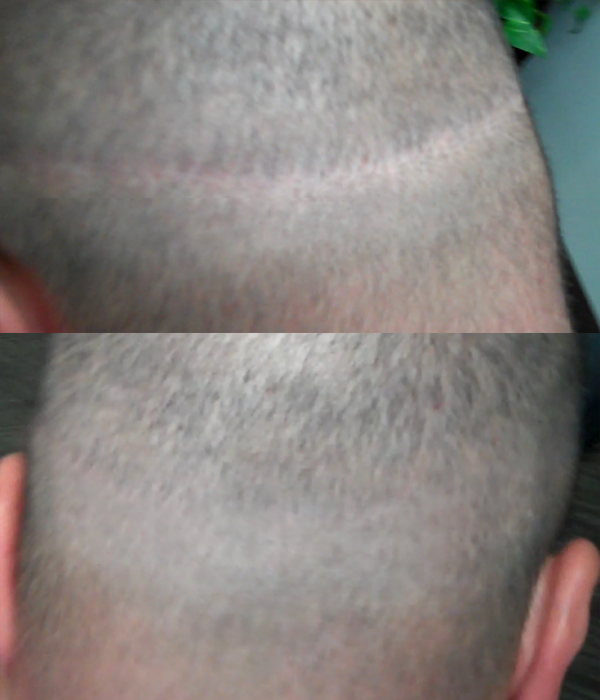Fenugreek seeds for hair loss have gained popularity as a natural remedy. But can these culinary champions truly live up to the hype? Let’s explore the science behind their potential benefits and the evidence for their effectiveness.
Fenugreek Seeds for Hair Loss Are a Nutritional Powerhouse
Fenugreek seeds boast a treasure trove of nutrients believed to contribute to hair health for the following reasons.
Protein
Hair is primarily composed of keratin, a protein. Fenugreek seeds offer a good source of protein, potentially nourishing hair follicles and promoting stronger, thicker hair strands.
Vitamins and Minerals
These little seeds pack a punch of vitamins A, C, and K, along with minerals like iron, zinc, and selenium. Vitamin A aids in sebum production, keeping the scalp and hair follicles moisturized. Vitamin C acts as an antioxidant, protecting hair from damaging free radicals. Iron and zinc play vital roles in hair growth and preventing loss.
Vitamins B and C play a role in cell turnover and collagen production, both important for hair health.
That’s the reason fenugreek seeds for hair loss are widely popular.
Some studies suggest fenugreek may possess properties that block DHT, potentially slowing hair loss. Besides, fenugreek’s anti-inflammatory properties might help soothe an irritated scalp, creating a more favorable environment for hair growth.
Weighing the Evidence
While the theory behind fenugreek seeds for hair loss sounds promising, scientific evidence is currently limited. Most studies exploring the connection have been small-scale or conducted on animals.
A handful of studies have looked at the effects of fenugreek on hair loss in humans, with mixed results. More extensive research is needed to draw definitive conclusions.
Before incorporating fenugreek into your hair loss routine, keep these points in mind:
- Determine the root cause of hair loss.
- Explore fenugreek side effects. Too much of anything is bad and can have adverse events.
- The effects may show up in people suffering from hair loss without any medical condition.
- Fenugreek may not help hair loss due to medication side effects as long as you are continuing the medicine therapy.
Is Scalp Micropigmentation Worth Trying For Hair Loss?
For individuals seeking a more permanent solution than fenugreek seeds for hair loss, Scalp Micropigmentation is a popular alternative. The cosmetic procedure uses tiny pigment deposits to create the illusion of a shaved head or add density to thinning hair.
Skilled practitioners can create a natural-looking hairline and add density to make the hair feeling full. Although SMP is a not a solution for hair loss, it can help camouflage the problem effectively and restore your confidence that was lost due to hair fall.
The procedure is low maintenance and non-invasive and helps create a natural-looking hairline for those experiencing a receding hairline, thinning hair, or pattern baldness.
Schedule your consultation with SMP experts in Arizona. DermiMatch Clinic has a team of top-rated scalp practitioners in Arizona who have years of experience in scalp micropigmentation. They have helped several clients walk with confidence and enjoy the results from SMP.

